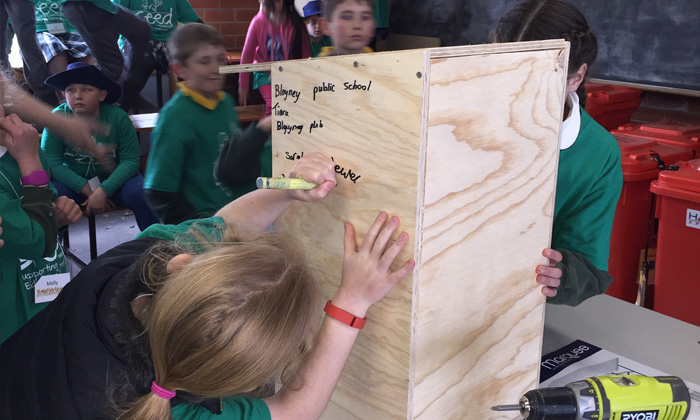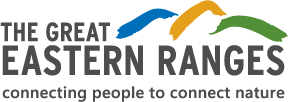
A suite of projects to conserve gliding possums and their habitat has received a welcome boost with the announcement of two major grants totalling almost $650,000 from the NSW Government and South East Local Land Services.
The grants will be used by the Kanangra-Boyd to Wyangala (K2W) partnership to roll-out the Glideways program – a range of collaborative projects to conserve gliders in the Great Eastern Ranges.
“The funds will be used to run a host of exciting projects under the Glideways banner in K2W. These include working with local teachers to develop learning material for the school curriculum, building and installing nestboxes in partnership with the local Mens Shed, revegetating and protecting habitat, and citizen science surveys,” says Mary Bonet, K2W’s Facilitator.
“The Abercrombie Catchment is home to five of the six species of glider found in Australia. Sadly, populations of these special marsupials are declining in many areas due to habitat loss and fragmentation. Through this innovative new program we will be working collaboratively with local landholders, communities and organisations to improve and reconnect habitat for gliders between the Greater Blue Mountains and Wyangala Dam.”
K2W forms part of the Great Eastern Ranges Initiative (GER), which is working to reconnect land over 3,600km from Victoria to Far North Queensland.
In addition to K2W, Glideways will be rolled out in four other GER partnership areas with support from GER Partner the Foundation of National Parks and Wildlife: Slopes to Summit, the ‘Jaliigirr’ landscape (Coffs Harbour-Bellingen), Sunshine Coast Hinterland BushLinks and Central Victorian Biolinks.
“The Foundation for National Parks & Wildlife is proud to host the Glideways program on behalf of GER. By working together we enhance our capacity which maximises the impact for conservation,” says Susanna Bradshaw, CEO of the Foundation for National Parks & Wildlife.
The projects will assist not only gliding possums but a host of other plants and animals with similar conservation needs such as koalas, spotted-tailed quolls and powerful owls.
“Gliders are an important indicator of ecosystem health. By focusing our projects around maintaining and improving habitat for gliders we are in turn ensuring that a range of other plants and animals benefit too.”
“Gliders are an iconic and important part of the Australian landscape and it would be tragedy to lose them. By working together we can make a real difference for this important species and ensure that they are around for our grandkids to enjoy,” concludes Mary.



 Media release
Media release